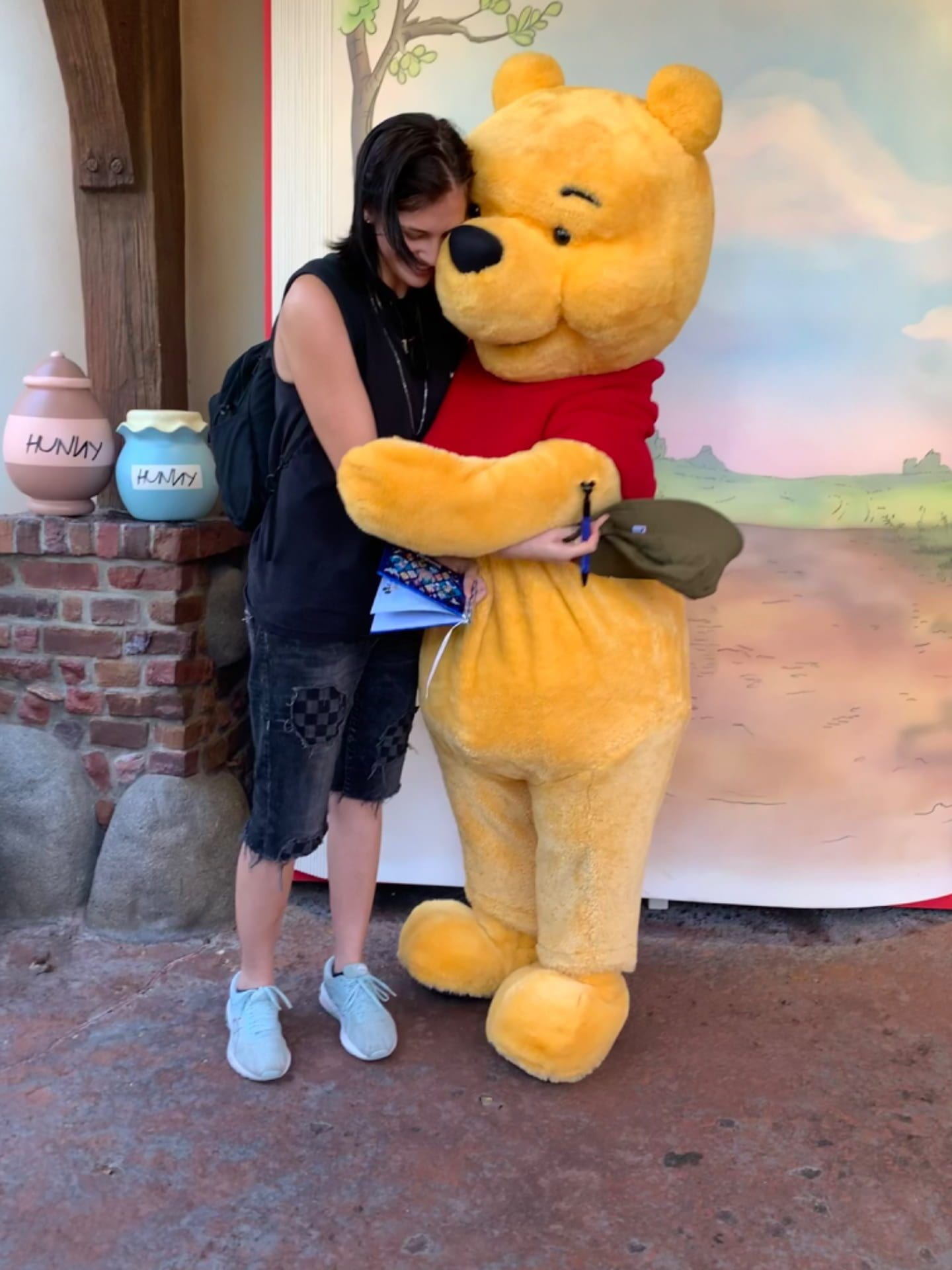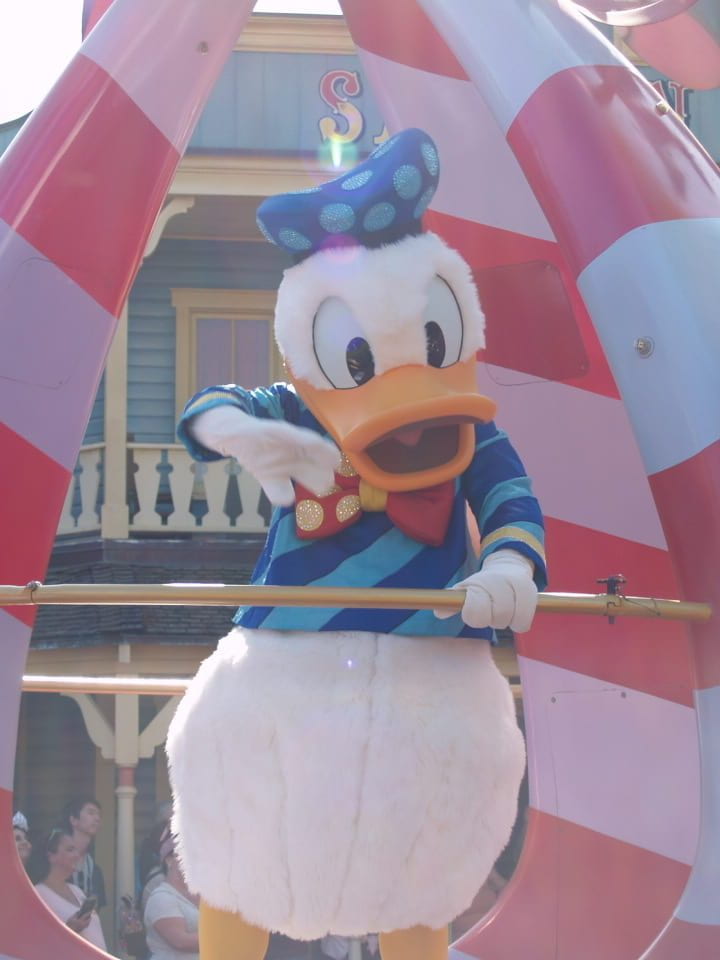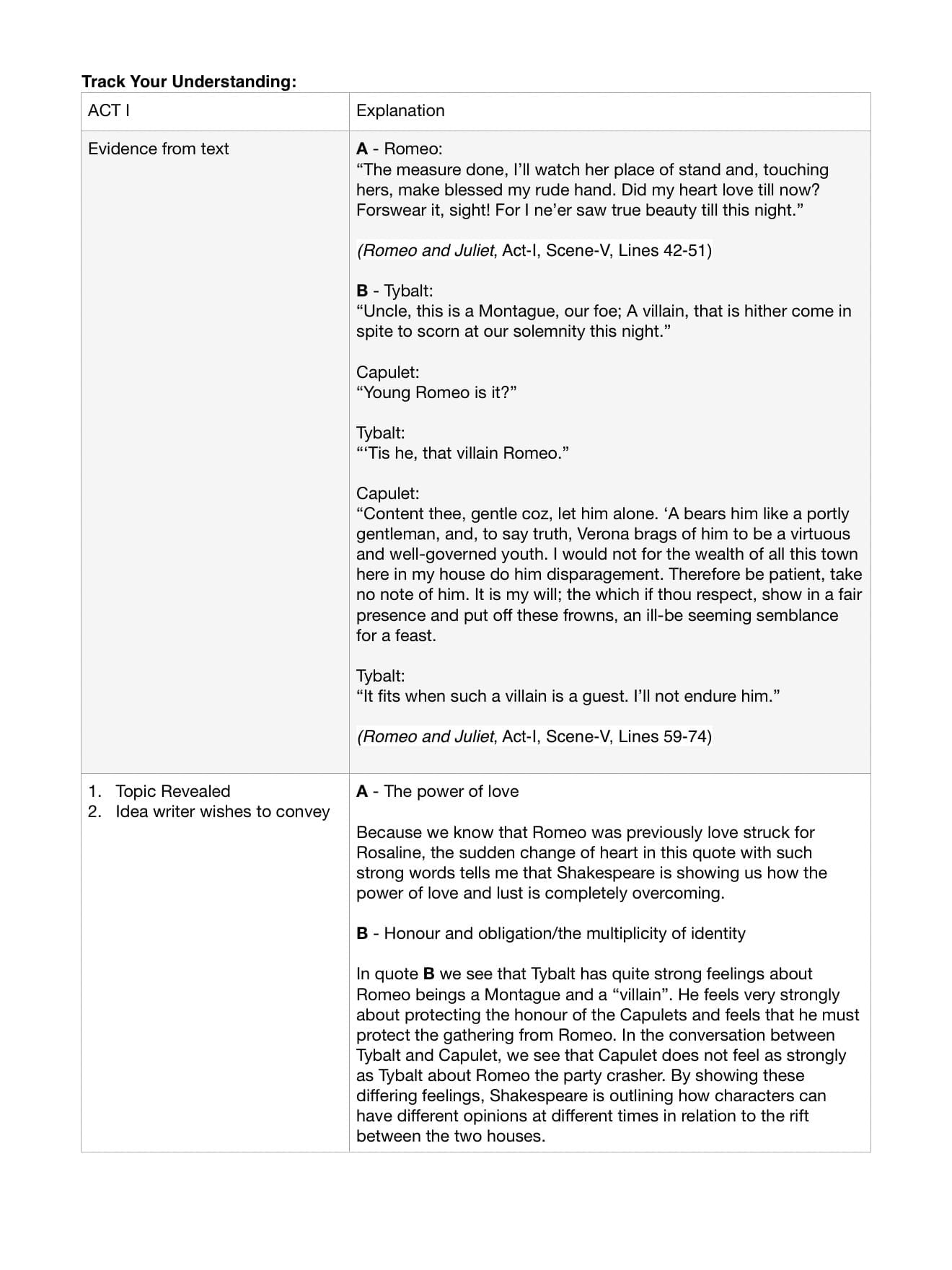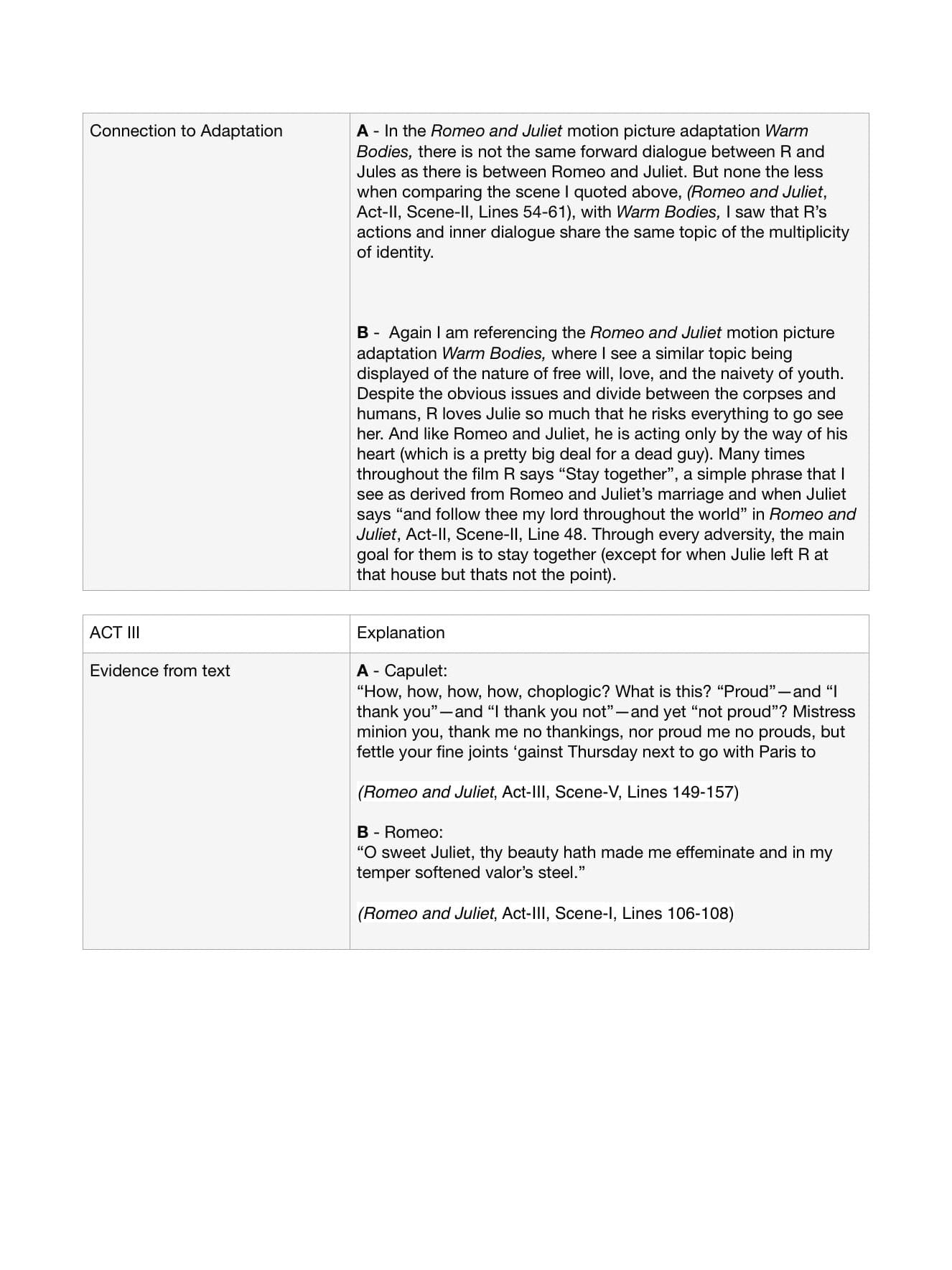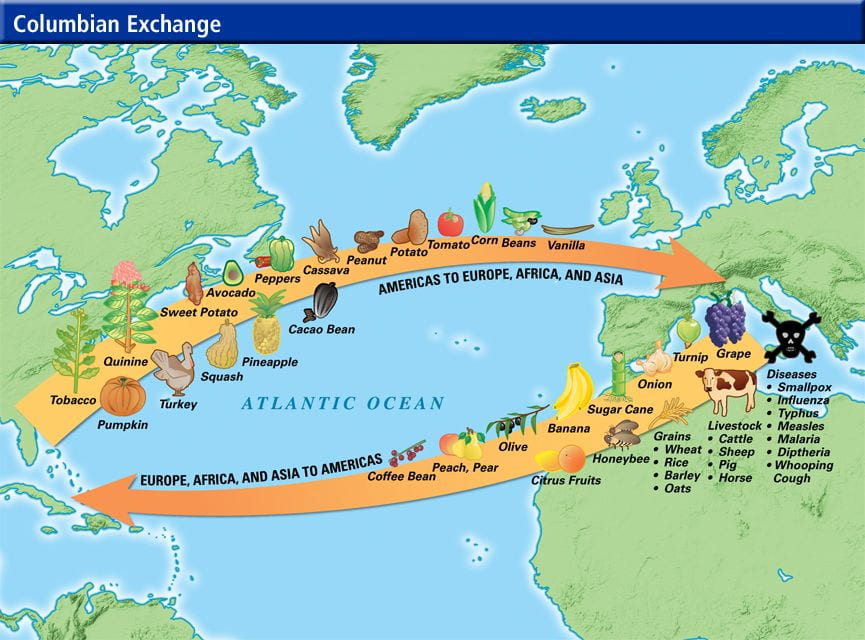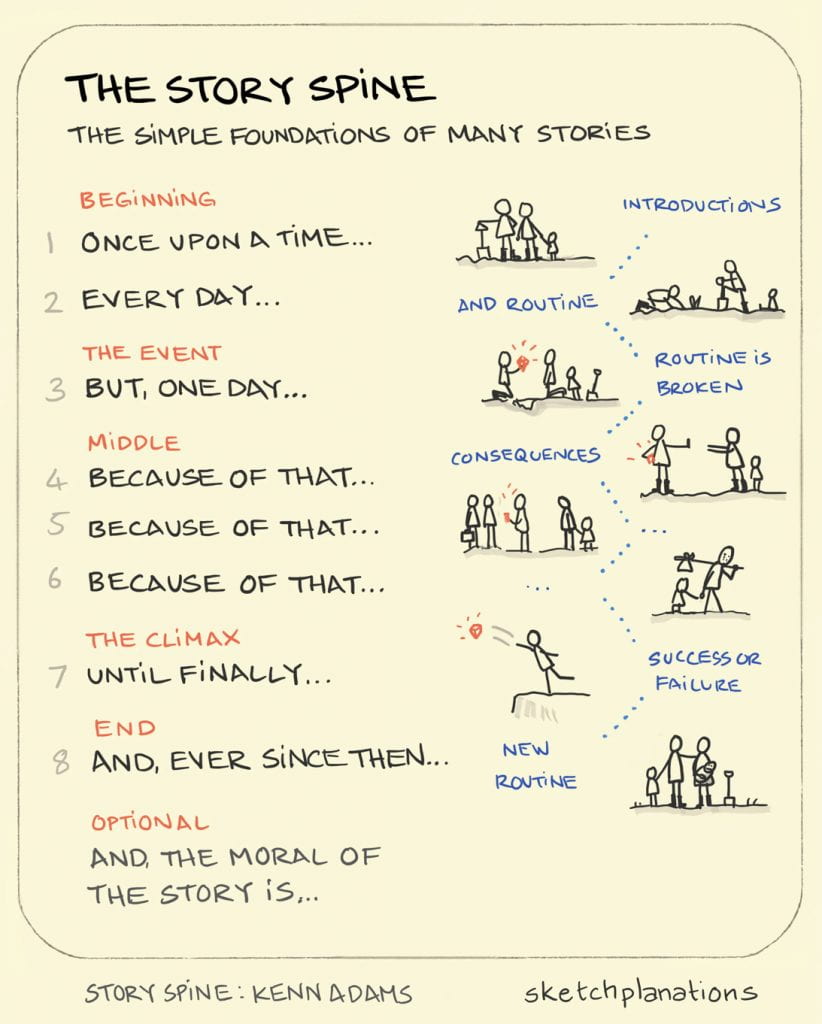Ever heard of Walt Disney? Or just Disney in general? Me too. Let me tell you about this project that we just did on Disney world.
The Beginning
We learned about Disney’s history, how Walt Disney came to create the whole franchise, and how his vision is being lived out today. To capture and sort out of of this new knowledge, we each started a PKM (personal knowledge management) system. My PKM consists of fleeting notes and summaries that I wrote about all of the different texts we viewed to help us understand Disney. You can find those at the top of the page on this link here.
Driving Question + Project
How do Disney theme parks shape and influence the cultural, economic, psychological, and social experiences of visitors?
Once we had gathered some basic knowledge on the origins of Disney itself, we started looking at answering the driving question. To help us solve the question and create the final product, we were sorted into groups focusing on different topics. My group was focusing on “the magic of Disney entertainment” and how the magic relates to the answer to the driving question. We then proceeded to do some research on our specific topics and put them into our PKMs, mine are at the bottom of the page here.
The product of this project is a video answering the driving question that we made with our groups while in Disney World. So as with any project that involves a video, there was a lot of story boarding, scripting, and call sheets to fill out. We split all these tasks up within the group so that we could divide and conquer but still all be involved with what is going on. We also decided that we all would have to record a voiceover for the final video so that we could all be represented in the final product.
And then the real test finally came, the trip to Disney World.
The trip got off to a rough start with out flights being delayed by a few days but eventually we lifted off from YVR and set sail for Florida. There was a lot of filming to do throughout the week because we also had to do filming for our maker project that I just did a blog post on here. Overall I think we were not as organized as we should have been when we were filming in Florida and it shows in our final video, especially as we start out the video with Sepaus filming the intro in the hotel bathroom.
The Video
I now present to you, the magic of Disney and how we answered the driving question;
Our video could have been way more succinct and we definitely didn’t need that much information on the history of Disney, but eventually we did get to the point and answer the driving question. Disney brings nostalgia for America’s past, utopian fantasies of the future, and their world-building stories to life in their immersive performances, character interactions, and parades using highly trained cast members, themed costumes and sets, and engaging light and music.
Conclusion
Obviously it was really awesome to be able to go to Disney world for this project and this is definitely one of the best trips I’ve ever been on. I think my group did a pretty good job with our video and everything that led up to it. I’ll leave you here with some photos that I took during the trip, see you next time!
As Always, Brooke.
